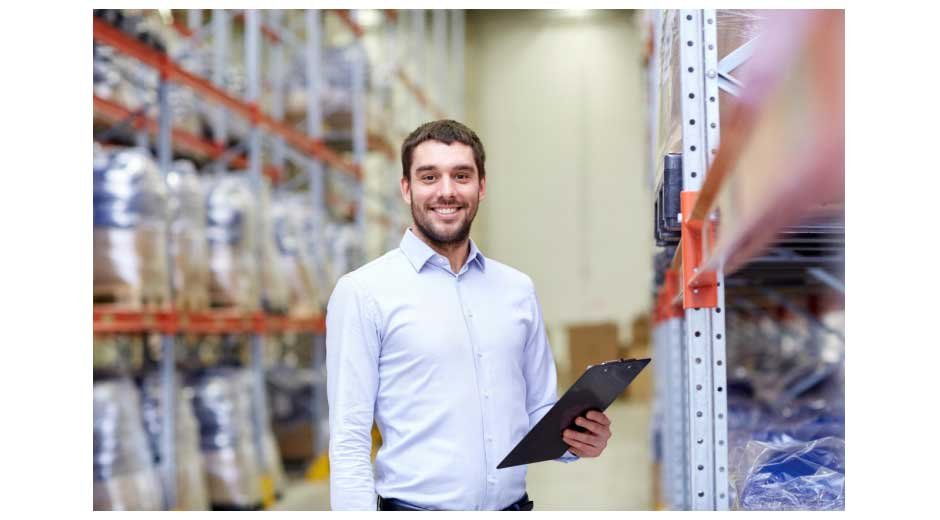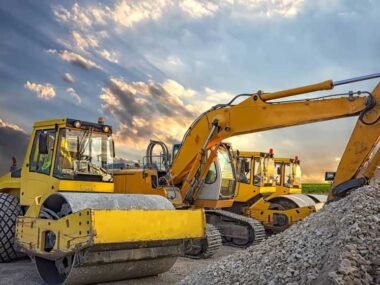When it comes to moving goods, many people think only about getting products to customers. But there’s another side to logistics called reverse logistics. This term refers to all the processes involved when products are returned or recycled.
Understanding reverse logistics is very important for businesses today. It helps them manage returns better and ensures that they don’t waste resources.
After all, in today’s eco-friendly world, reducing waste and being responsible are essential for sustainability.
The Importance of Sustainability
Sustainability means meeting our present needs without harming future generations. In the world of logistics, it poses a significant challenge. The transportation of goods creates emissions that can harm our planet.
Businesses are increasingly recognizing the opportunity to make their operations more eco-friendly. By focusing on sustainability, companies can save money, attract more customers, and improve their reputation. Sustainable practices can reduce operating costs.
How Innovations Are Making Reverse Logistics More Eco-Friendly
There are many exciting innovations helping reverse logistics become more sustainable. These advancements make it easier for businesses to manage returned products and recycle materials. Let’s explore some of these innovative strategies.
Smart Technology and Data Analysis
Modern technology plays a big role in improving reverse logistics. With the help of smart technology and data analysis, companies can track returns and understand customer behavior. This information helps businesses to develop better policies for handling returns.
By predicting how many products customers might send back, companies can reduce waste. They can figure out the most eco-friendly ways to transport these goods. For example, using data to plan routes can decrease emissions significantly.
Repair and Refurbishment Programs
Instead of throwing away returned items, many companies are creating repair and refurbishment programs. These programs aim to fix or improve products instead of discarding them. This process not only helps businesses to save money but also reduces waste and conserves resources.
When products are refurbished, they can be sold again at a lower price. This provides customers with good quality products while keeping them out of landfills.
Product Kitting and Bundling
Another innovative strategy is product kitting. This practice involves combining different items into one package or kit.
For example, instead of returning single products, customers can send back a kit with several items. This method cuts down return trips, which lowers transportation emissions.
Bundling products helps companies cut down on packaging waste. This makes the process greener.
Recycling and Material Recovery
Recycling plays a major role in reducing the footprint of reverse logistics. Many companies are setting up systems to recover valuable materials from returned goods.
These materials can then be reused in the manufacturing of new products. Not only does this lower production costs, but it also reduces reliance on raw resources. Recycling initiatives strengthen sustainability efforts and help close the loop in supply chains.
Enhancing the Circular Economy
The circular economy is a concept where businesses reuse materials. Instead of the old linear model of making, using, and discarding products, this approach emphasizes sustainability and waste reduction.
Innovations in reverse logistics help companies recycle products better. When items come back to a company through reverse logistics, they can be broken down into raw materials. These materials can then be turned into new products.
Recycling and Upcycling
Recycling and upcycling are vital aspects of sustainability. Recycling involves breaking down products to recover materials that can be reused. Upcycling, on the other hand, means creatively transforming waste into products of better quality.
Businesses that focus on reverse logistics can enhance their recycling and upcycling efforts. For example, a company may recycle old electronic devices to create new gadgets. This not only reduces the waste but also makes better use of resources.
Challenges in Reverse Logistics
While they sound great, these innovations come with challenges. One major hurdle is managing the costs involved when products are returned. Logging and processing returns require time and resources.
Businesses need to find a balance between being sustainable and keeping costs down. They also face problems like damaged items or mismanagement of stock. However, overcoming these obstacles is important for maintaining a sustainable logistics system.
Creating Efficient Systems
To solve these challenges, companies are always developing better reverse logistics systems. This means better warehouse management and training employees to handle returns well.
Efficient systems can help reduce the costs of returns and streamline the recycling process. In fact, companies that invest in their reverse logistics systems often see better financial results in the long run.
The Role of Consumers
Consumers also play a significant role in making reverse logistics more sustainable. As people become more aware of the environmental impact of their purchases, they expect companies to act responsibly.
As a result, businesses are motivated to enhance their sustainability practices. By recycling packaging or returning items in eco-friendly ways, customers contribute to a greener planet.
Building Conscious Awareness
Raising awareness about sustainable practices helps both businesses and consumers go green. Companies can educate their customers about how to recycle their products.
They can also offer incentives for customers who return products in a green way. By working together, consumers and companies can drive significant change towards sustainability.
Future of Sustainability in Logistics
As we look ahead, the future of sustainability in logistics seems promising. With continual innovations in reverse logistics, the focus on being eco-friendly will continue to grow. Businesses can use technology to improve tracking systems.
They can also encourage repair and refurbishment. This will help reduce waste and support a circular economy. Also, government rules and consumer demands will push companies to adopt and invest in sustainable practices.
Staying Ahead in the Market
Companies that focus on sustainability and improve reverse logistics will likely lead in the market. Consumers are changing their values.
They now prefer brands that show they care about the environment. Eco-friendly companies often attract loyal customers who want to support responsible brands.
Driving Change Through Innovation
Innovations in reverse logistics are crucial for driving sustainability in today’s world. By making the return process more efficient, businesses can significantly reduce waste and promote eco-friendly practices.
Managing reverse logistics through smart technology, repair and refurbishment, and product kitting is essential for creating a more sustainable future. It also aligns business goals with responsible environmental practices. As we move forward, companies that embrace these innovations will not only contribute to a healthier planet but also achieve lasting success.
Visit our website for more.










